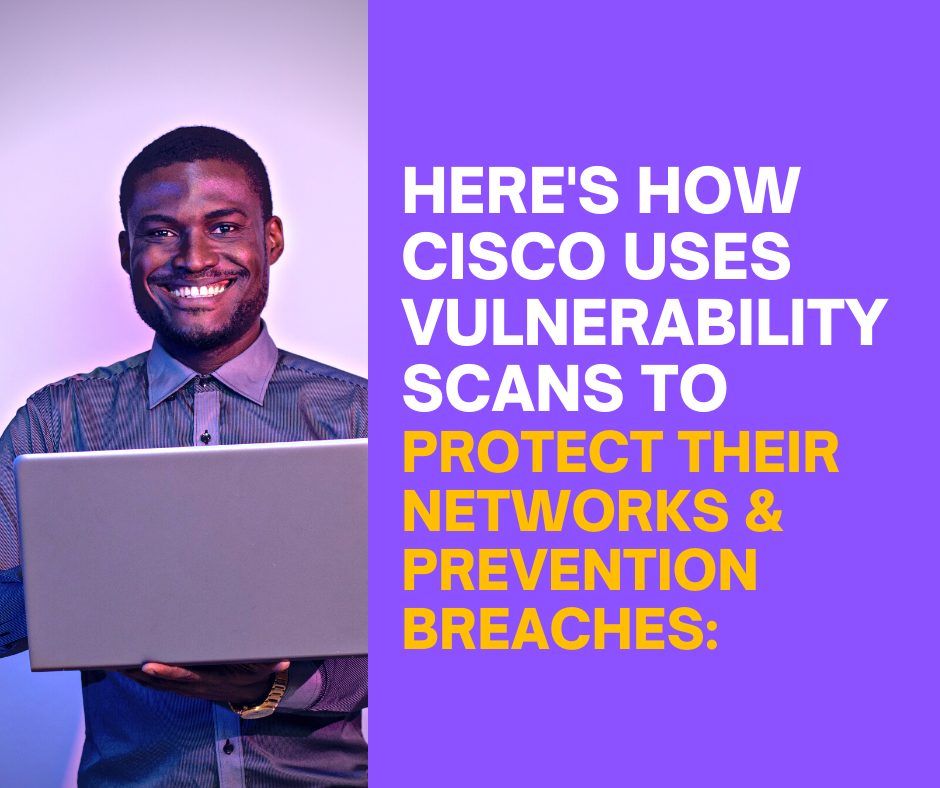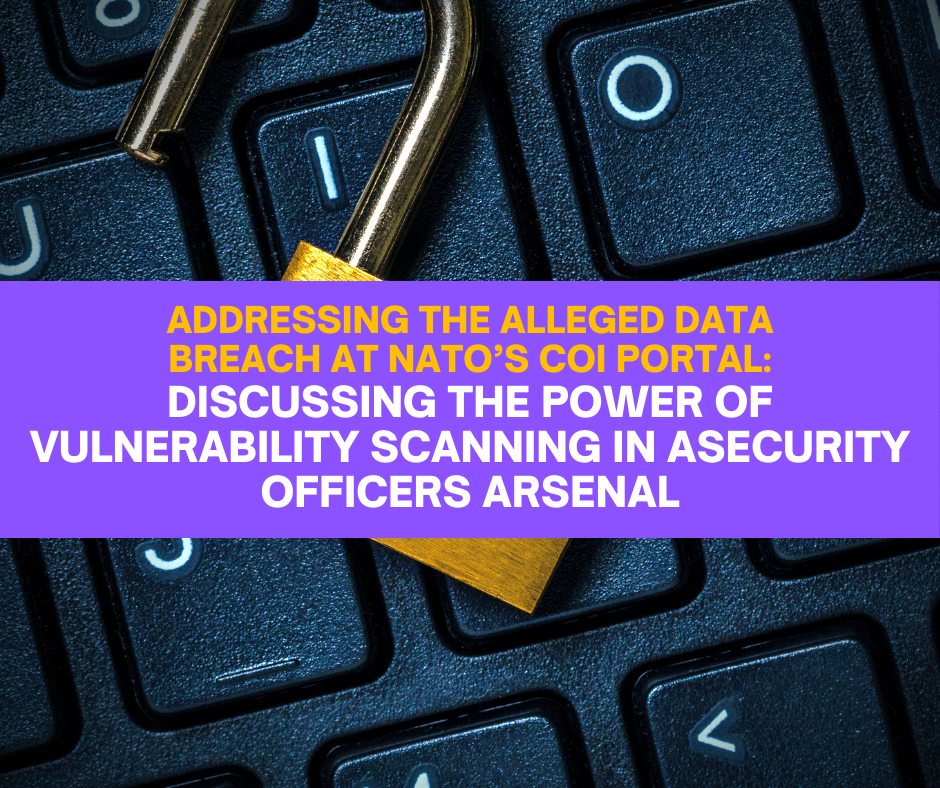In 1949, the North Atlantic Treaty Organization (NATO) was established to provide a collective security alliance for 31 countries, addressing both political and military needs. Reportedly, according to CloudSEK, sensitive data leakage has affected NATO’s COI (Communities of Interests) portal, which impacts these 31 nations.
Reports indicate that there was a leak of 845 MB of compressed data, which included unclassified documents from partner countries and sensitive information such as photos, names, job titles, email addresses, and residence addresses.
If you’re not familiar with how leaks are classified, there are three categories: data breaches with personal information, business data breaches, and state-sponsored data breach attacks. In this instance, it was a state-sponsored attack by a group known as SiegeSec. They claim to have exposed unclassified information from NATO not because of the war between Ukraine and Russia, but because they feel that NATO countries are ignoring human rights issues.
No matter who you are or where you’re located, if you have an online presence, you’re not completely safe from cyber-attacks. Cybercriminals can find ways to exploit vulnerabilities in your network through methods such as phishing attacks, hidden viruses, or by identifying open ports and backdoors.
Vulnerability scanning is crucial to any Chief Information Security Officer’s (CISO) strategy to safeguard their network. It helps identify, classify, and prioritize vulnerabilities in computer systems, applications, and network infrastructures, providing the organization with the necessary information to fix the vulnerabilities before an attacker can exploit them.

Here are some of the ways a CISO can use vulnerability scans to protect their networks, along with solutions for prevention and remediation:
- To stay protected from cyber-attacks, CISOs must prioritize regular and comprehensive vulnerability scanning. This means scanning all network devices, servers, databases, applications, and any other potential targets for cybercriminals.
- Including automated tools in your cybersecurity strategy is crucial for identifying potential threats and vulnerabilities quickly. Automated vulnerability scanning tools can help you keep up with the constantly changing cyber threat landscape.
- When it comes to vulnerabilities, not all are equal in terms of risk. Some pose an immediate or severe threat, while others may be less urgent. CISOs can prioritize which threats to address first by conducting vulnerability scans.
- After identifying and prioritizing vulnerabilities, patch management becomes a critical step in preventing attacks. Regularly updating and patching software is highly recommended, as it can prevent various attacks. To simplify this process, automated patch management systems are available.
- One way to enhance network security is by combining Intrusion Detection Systems (IDS) with vulnerability scanning. IDS can monitor network traffic for any suspicious activity and promptly alert security teams to potential attacks.
- To enhance security measures, CISOs should consider combining vulnerability scanning with penetration testing. While vulnerability scanning detects possible weaknesses, penetration testing attempts to exploit them, giving a more hands-on understanding of potential vulnerabilities. It is advisable to use red, blue, and purple teaming, either with existing resources or a hybrid approach with third-party companies like Infinavate.
For prevention and remediation, CISOs can consider the following solutions:
1. To ensure the security of your system, it is important to have a Vulnerability Management Program in place. This program should consist of regular vulnerability assessments, patch management, and continuous monitoring with incident response procedures.
2. Security Awareness Training: Many cyber-attacks result from human error or oversight. Regular training can ensure that all employees know the latest threats and how to avoid them.
3. Organizations must segment their network to prevent attackers from accessing the entire network in case one system is compromised. It is a smart and necessary step to ensure the security of the network.
4. Threat intelligence is an absolute necessity for any organization that wants to stay ahead of potential attackers. The information gained from it provides valuable insights into the most recent threats and vulnerabilities, allowing proactive protection of systems. It’s imperative that organizations take advantage of this tool to ensure they are always one step ahead of cyber threats.
5. It is absolutely imperative for any organization to have a comprehensive incident response plan in place to deal with security breaches. Such a plan enables the organization to respond with speed and efficiency, significantly mitigating the potential damage that could be caused.
To effectively protect their network and address vulnerabilities, CISOs, and security leaders can utilize various methods and solutions for vulnerability scanning. At Infinavate, we suggest that data protectors conduct regular vulnerability scans and ensure that their software patches are always up to date.
Source: CloudSEK Blog “SiegedSec Allegedly Breached NATO’s COI Portal Affecting 31 Nations Leaked Sensitive Data

